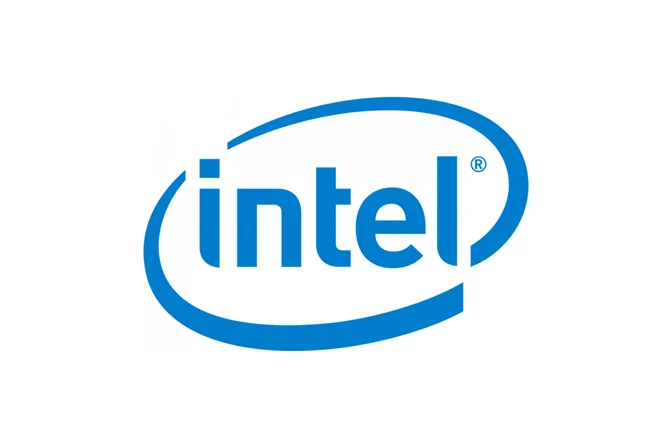Intel Corporation, the semiconductor giant, has been a cornerstone of innovation in the tech industry for decades. A vital part of Intel’s growth has been its robust mergers and acquisitions (M&A) strategy, which has allowed the company to adapt to rapidly changing markets, expand its capabilities, and remain competitive in an industry driven by innovation. This article examines Intel’s key M&A activities, the rationale behind these deals, and their varying degrees of success.
A Historical Overview of Intel’s M&A Activities
Intel’s journey in M&A spans over three decades. Below is a chronological list of some of the company’s most notable acquisitions:
Early Acquisitions (1990s-2000s): Establishing Foundations
- Chips and Technologies (1997) – $430 million
- Intel’s first major acquisition, aimed at bolstering its graphics capabilities.
- DSP Communications (1999) – $1.6 billion
- Acquired to enhance wireless communication capabilities.
- Xircom (2001) – $748 million
- Added mobile networking solutions to Intel’s portfolio.
- Altera (2015) – $16.7 billion
- Intel’s largest acquisition at the time, targeting programmable semiconductors for data centers and IoT applications.
Major Strategic Acquisitions (2010s): Diversification and Data-Centric Focus
- McAfee (2011) – $7.7 billion
- A bold move into cybersecurity, aimed at integrating security features directly into hardware.
- Nervana Systems (2016) – $408 million
- Acquired to strengthen AI and machine learning capabilities.
- Mobileye (2017) – $15.3 billion
- A pivotal acquisition for autonomous driving and computer vision.
- Habana Labs (2019) – $2 billion
- Targeted AI inference and training workloads for data centers.
- Moovit (2020) – $900 million
- Strengthened Intel’s position in smart mobility and urban transit solutions.
Recent Moves: Scaling for the Future
- Tower Semiconductor (2022) – $5.4 billion (deal under regulatory review)
- Aimed at enhancing Intel’s foundry services and diversifying manufacturing capabilities.
In 2024, Intel’s mergers and acquisitions activities have been influenced by both strategic pivots and external interest in the company. Here are two key developments:
- Qualcomm’s Interest in Intel: Qualcomm has reportedly approached Intel with a proposal for a friendly takeover or acquisition of parts of its business. This comes at a time when Intel is facing significant challenges, including a decline in revenue and share prices, despite efforts to pivot its strategy and strengthen its manufacturing capabilities. Qualcomm’s approach highlights Intel’s current vulnerability and the potential for significant restructuring if such a deal proceeds. However, regulatory scrutiny and strategic evaluations by Intel’s management will likely determine the feasibility of this move.
- Strategic Partnership with Amazon Web Services (AWS): While not a direct acquisition, Intel announced a multibillion-dollar collaboration with AWS to co-develop a custom AI semiconductor. This partnership is part of Intel’s effort to maintain relevance in the AI and cloud computing sectors, emphasizing strategic alliances rather than outright acquisitions in 2024.
These developments indicate a dynamic year for Intel, with potential transformative deals on the horizon. The Qualcomm proposal, in particular, could redefine the company’s future if pursued further.
Success Stories: Strategic Hits
1. Mobileye (2017)
Mobileye has been one of Intel’s most successful acquisitions. Specializing in advanced driver-assistance systems (ADAS) and autonomous vehicle technology, Mobileye has positioned Intel as a leader in automotive innovation. In 2022, Mobileye went public, raising $861 million in its IPO, with Intel retaining a significant stake. This move showcased the acquisition’s long-term value generation.
2. Altera (2015)
The acquisition of Altera expanded Intel’s footprint in the data center market and provided access to field-programmable gate arrays (FPGAs), critical for applications requiring real-time processing. This acquisition strengthened Intel’s competitive edge against rivals like Nvidia and AMD in data-centric computing.
Missteps and Challenges
1. McAfee (2011)
While the McAfee acquisition signaled Intel’s ambitions in cybersecurity, the integration of software with hardware security solutions did not yield the anticipated synergies. Intel eventually spun off McAfee in 2017, retaining a minority stake. The deal’s mixed results underscore the challenges of entering new markets with different business models.
2. Wind River Systems (2009)
Acquired for $884 million to drive embedded systems innovation, Wind River faced limited integration into Intel’s core strategy. Intel sold the company in 2018, suggesting a lack of alignment with its evolving focus on high-growth markets.
Strategic Decisions and Rationales
Intel’s acquisitions reflect strategic pivots to align with emerging industry trends:
- Data-Centric Transformation: Intel’s shift from a PC-centric to a data-centric company has been evident in acquisitions like Altera, Habana Labs, and Mobileye. These deals emphasize Intel’s focus on AI, IoT, and cloud computing.
- Diversification: To mitigate dependency on traditional CPUs, Intel has pursued acquisitions in adjacent markets like autonomous driving (Mobileye) and cybersecurity (McAfee).
- Foundry Services Expansion: The Tower Semiconductor deal highlights Intel’s ambition to compete with foundry leaders like TSMC and Samsung.
Lessons Learned
- Focus on Core Strengths: Successful acquisitions, such as Altera and Mobileye, aligned closely with Intel’s core competencies in semiconductors and data-centric technologies.
- Cultural Integration Matters: Challenges with McAfee and Wind River underline the importance of integrating acquired companies effectively.
- Long-Term Vision: Acquisitions like Habana Labs and Moovit demonstrate Intel’s commitment to shaping future markets, even if returns are not immediate.
Conclusion
Intel’s M&A strategy has been instrumental in its evolution as a technology powerhouse. While some deals have faced challenges, the company’s successes underscore its ability to identify and capitalize on transformative trends. As Intel navigates a highly competitive industry, its M&A playbook will remain a critical lever for innovation and growth.

